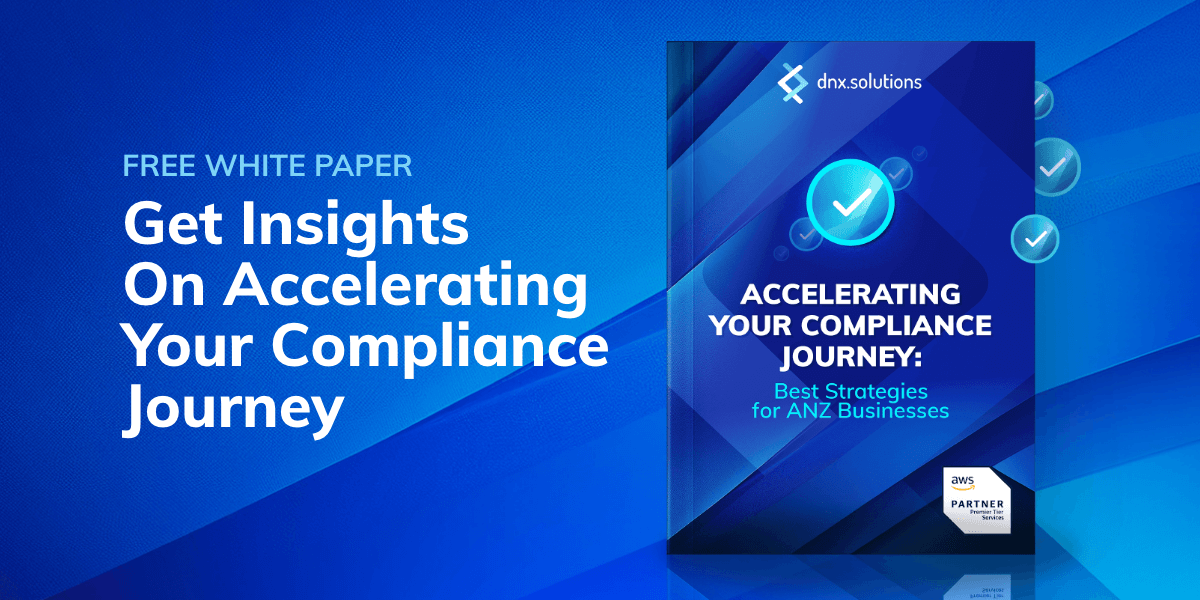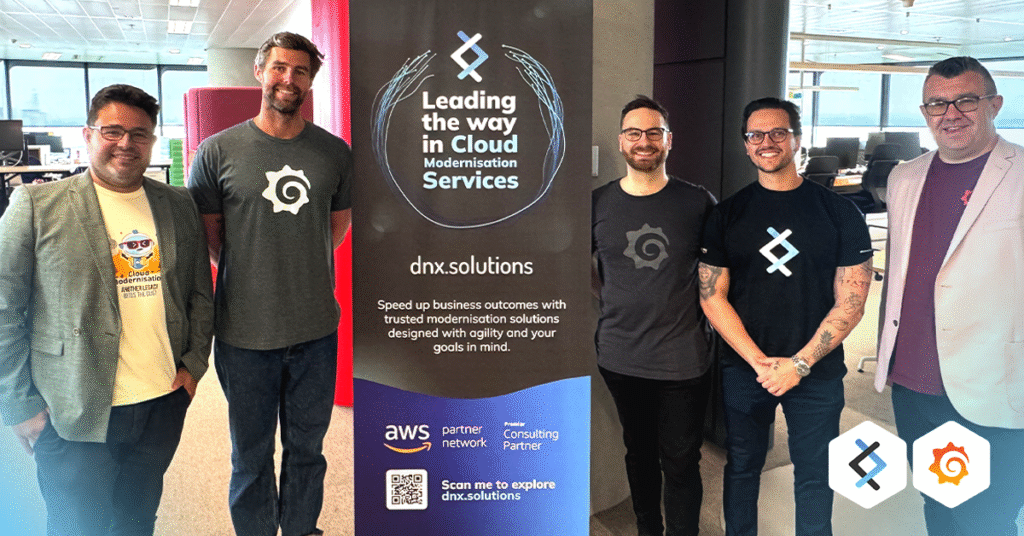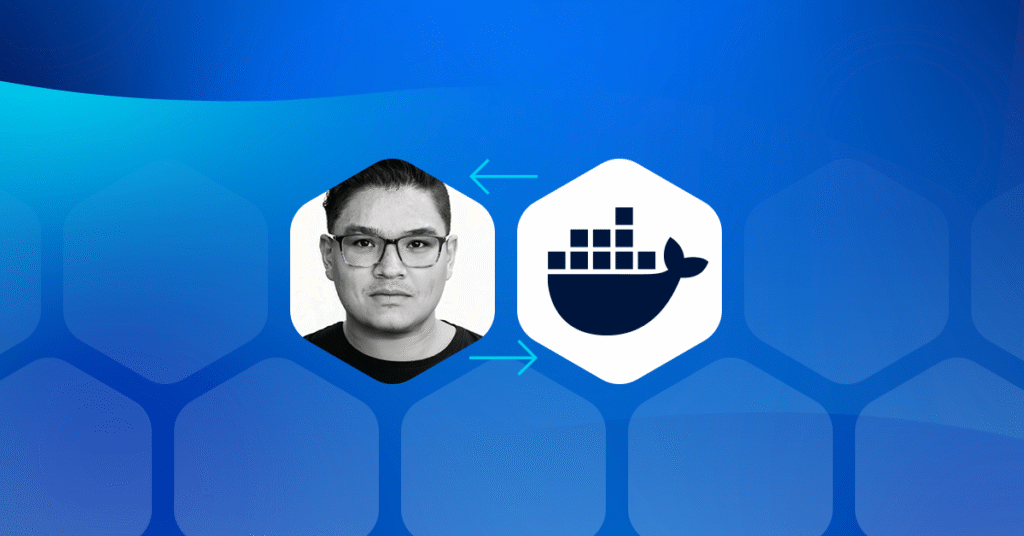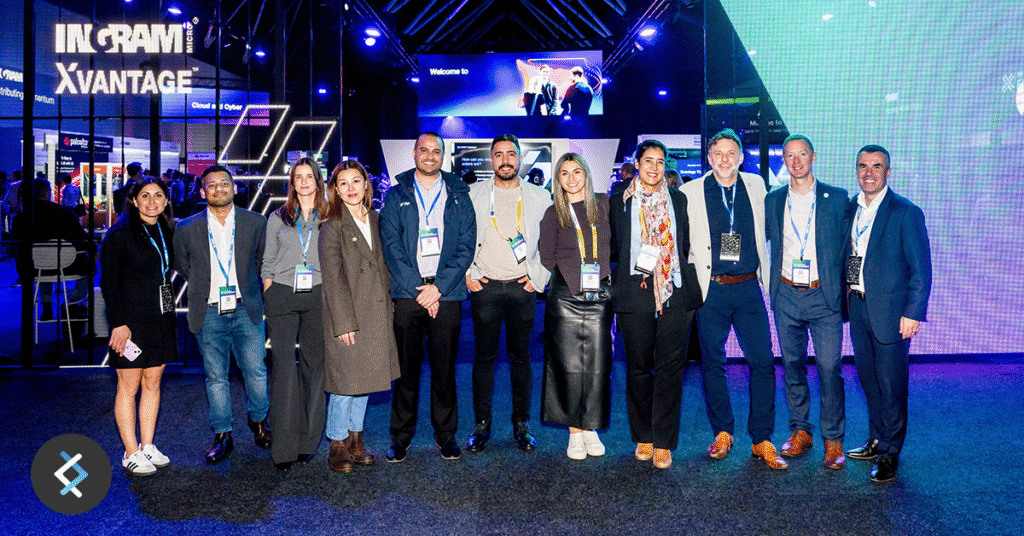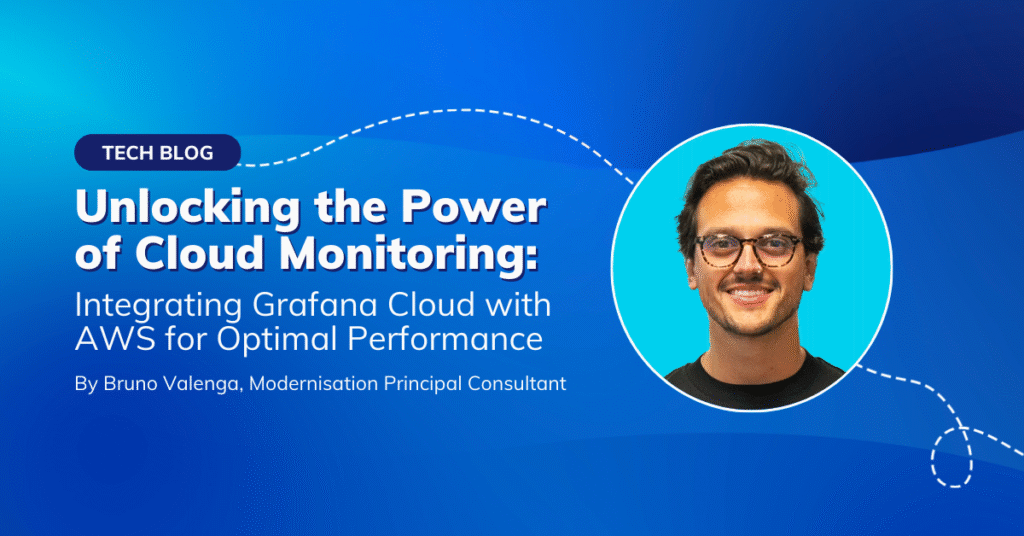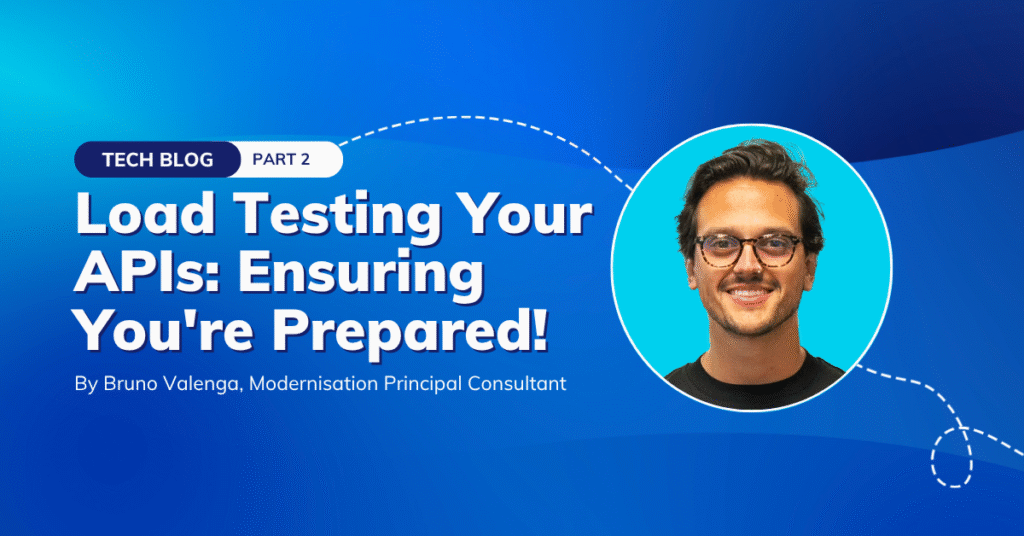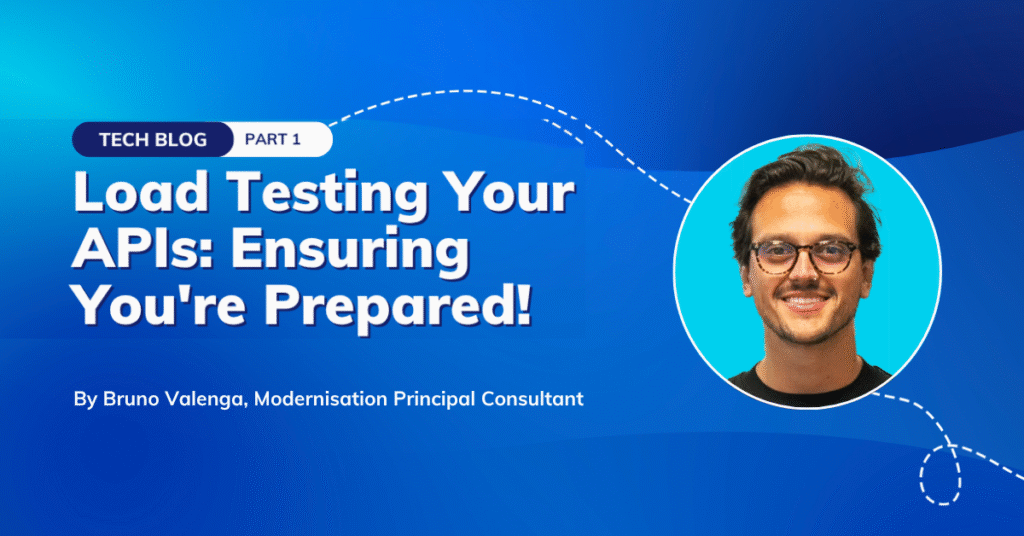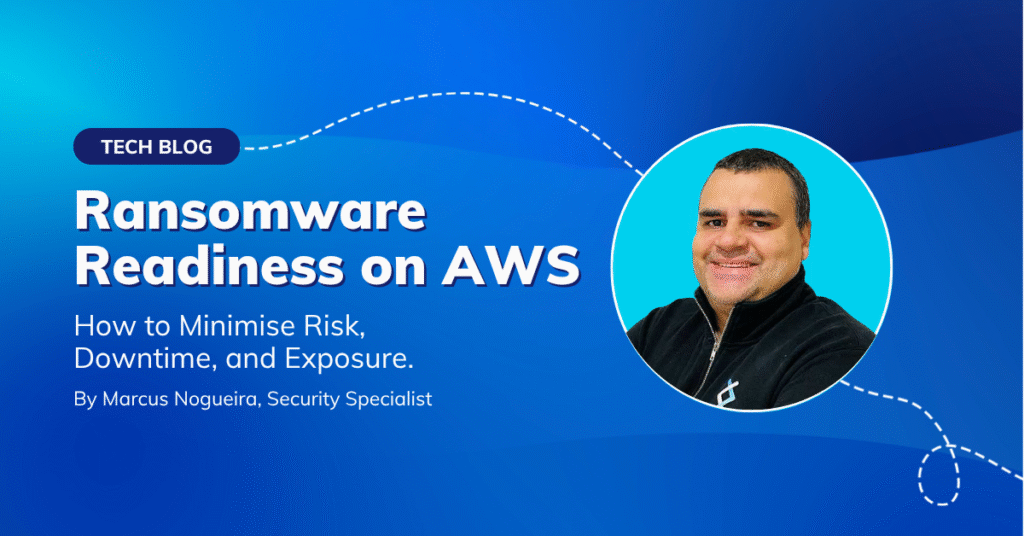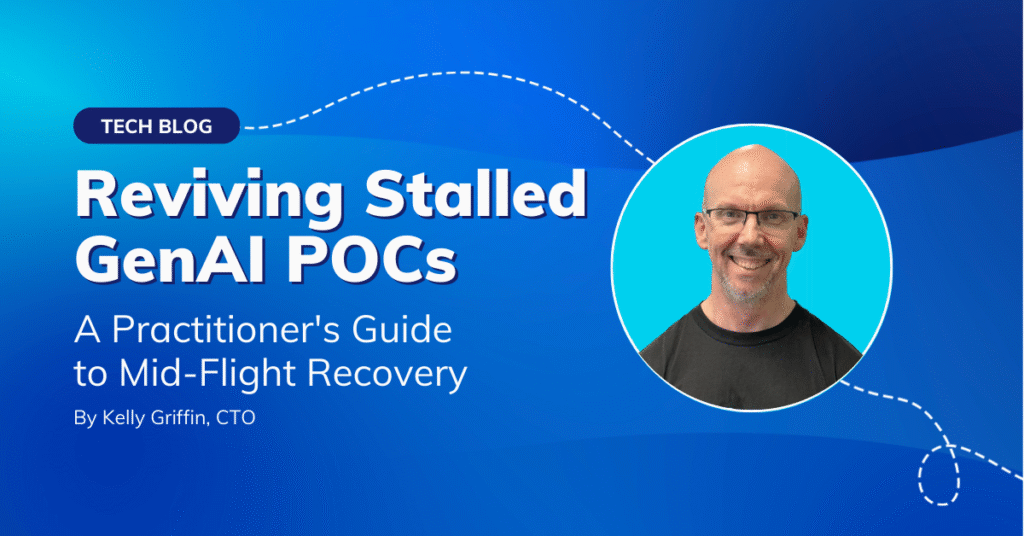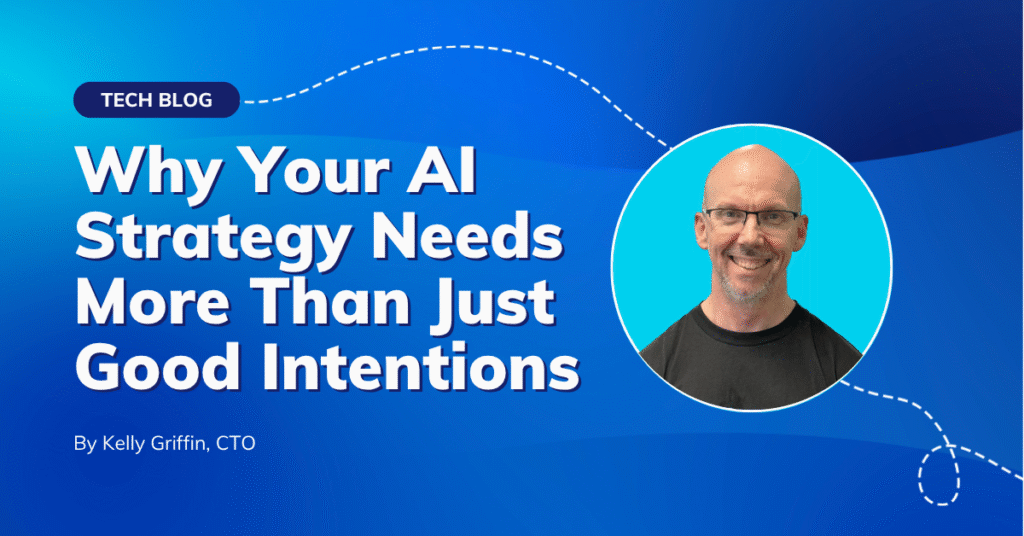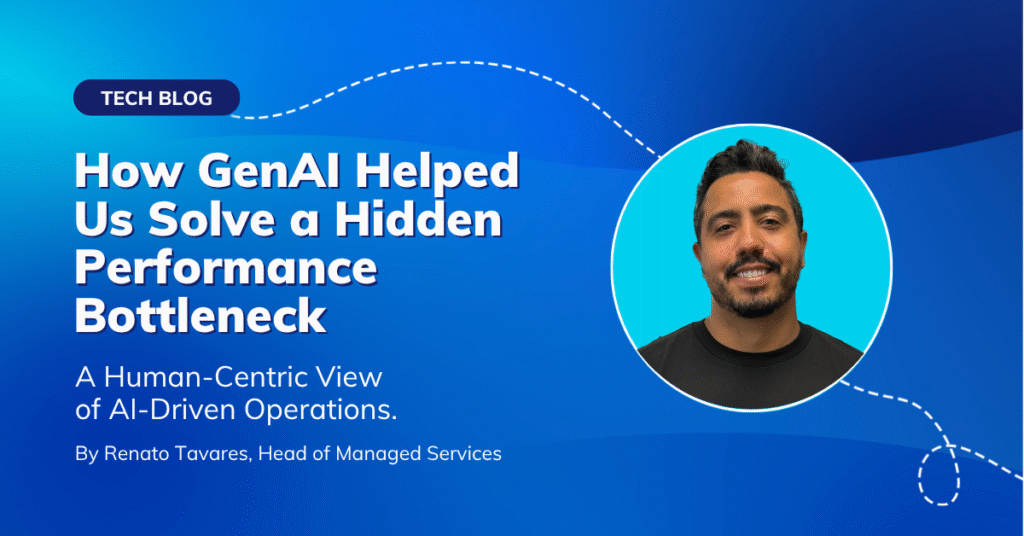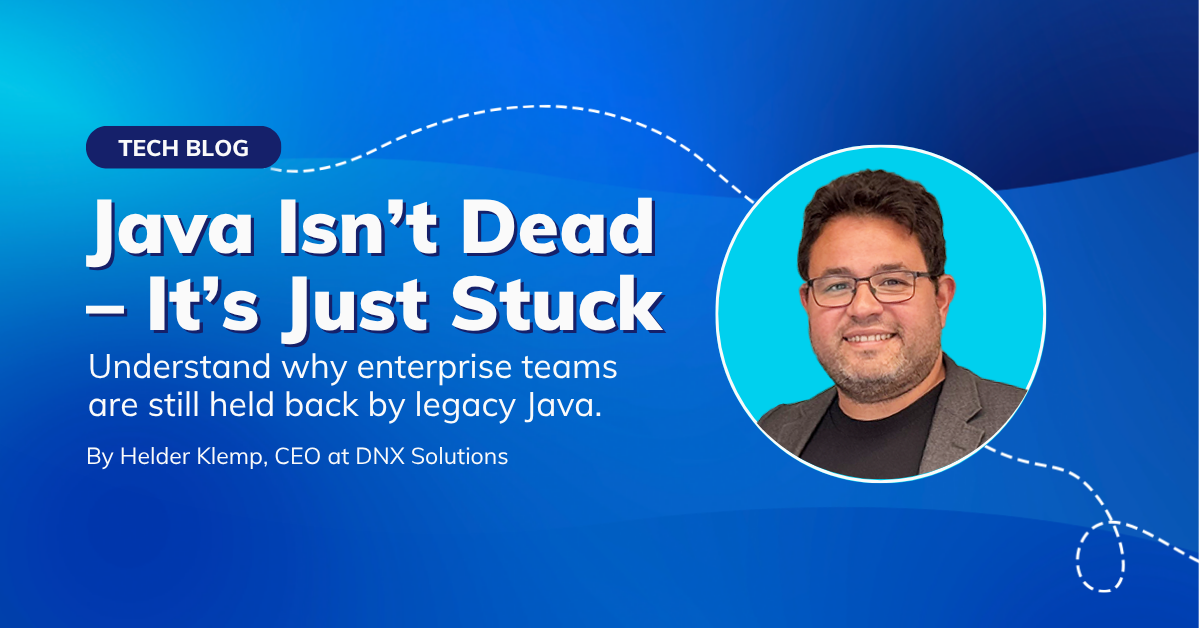
Java has quietly powered enterprise systems for over two decades. While the tech world rushes toward Kubernetes, serverless, and GenAI, Java remains deeply embedded in the banking apps we trust, the logistics platforms we rely on, and the government systems that support millions.
The challenge? Most of these Java workloads are stuck.
Stuck in on-prem monoliths. Stuck on WebLogic and WebSphere. Stuck in release cycles that can’t keep up with business demands.
Why Being Stuck Hurts the Business
These legacy environments are more than just outdated — they introduce risk, cost, and constraints on innovation:
- Security Risk: Older Java versions like Java 8 are no longer supported with security updates, exposing the business to compliance failures and data breaches.
- Compliance Pressure: Regulatory standards increasingly require platforms to be patchable and secure. Staying on unsupported stacks breaks audit trails.
- Costly Operations: Monoliths hosted on legacy infrastructure (e.g., on-prem EC2s) demand more manual effort, bigger teams, and slower response times to incidents.
- Slow Time to Market: With release cycles tied to manual processes and brittle dependencies, changes that should take hours take weeks.
- Talent Drain: Engineers want to work on modern stacks. It’s harder to hire and retain talent when you’re stuck on tools from the early 2000s.
What “Modern” Looks Like
In contrast, a modern Java architecture on AWS delivers:
- Latest Java (Java 17+) with security patches and performance improvements
- Microservices running in containers (ECS or Kubernetes)
- CI/CD pipelines for automated builds, tests, and deploys
- GenAI tools like Amazon Q to accelerate refactoring and boost dev velocity
- Infrastructure as code and cloud-native services that scale with demand
This isn’t just a tech upgrade. It’s about agility, resilience, and innovation.
Real Example from DNX
One of our recent projects involved a large financial services customer in the payments space. Their core platform was built in Java 8 and hosted across legacy EC2 infrastructure. With looming compliance deadlines, staying on Java 8 wasn’t an option.
We ran a focused modernisation sprint to:
- Assess the landscape across dozens of services
- Upgrade services to Java 17
- Leverage Amazon Q Developer to accelerate refactoring and test generation
- Containerise workloads for Amazon ECS
- Automate CI/CD and compliance checks
Effort and Payoff
- Timeframe: 12-week engagement
- Team size: 2 DNX consultants
- Scope: ~10 Java services modernised
- Cost: Mid five-figure budget (AUD)
- Outcomes:
- Maintained regulatory compliance ahead of audit deadlines
- Reduced delivery lead time from 4+ weeks to under 5 days
- Cut manual deployment overhead by 40%
- Enabled faster incident resolution through better observability
The result? They stayed compliant, shipped faster, and unlocked future platform changes without having to rewrite the system from scratch.
What We Recommend
If you’re a technology leader sitting on a Java-heavy estate, the best question to ask isn’t: “Should we migrate to the cloud?” It’s:
“How do we make Java work like a modern platform again?”
Our advice:
- Start with Discovery: Understand your current state — what are you running, where, and why? This is essential for planning a cost-effective, risk-managed roadmap.
- Apply AI for Acceleration: Tools like Amazon Q Developer reduce engineering hours and enable faster delivery — helping you meet time-sensitive goals like compliance and cost optimisation.
- Shift to CI/CD and DevOps: This directly improves release velocity, system reliability, and auditability — foundational for innovation and scaling delivery.
- Use Managed AWS Services: Abstracting infrastructure complexity with ECS, RDS, or Lambda reduces operational burden, letting your team focus on business logic and outcomes.
These steps aren’t just technical practices — they are foundational to any broader platform or cloud modernisation strategy. They unlock:
- Faster product iteration
- Better security posture
- Stronger developer experience
- Lower TCO over time
If you’re building a future-ready digital platform, this is where it starts.
Ready to get more out of your Java estate — without starting from scratch?
Modernising Java is at the heart of what we do at DNX — it’s why we exist. We’re helping Australian enterprises unlock value from their legacy platforms every day. If this resonates with you, let’s connect.








